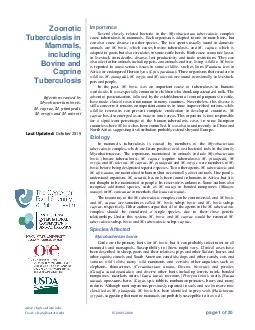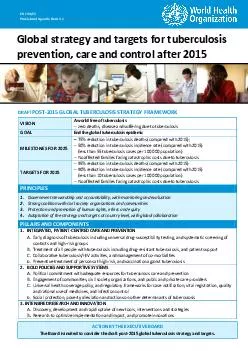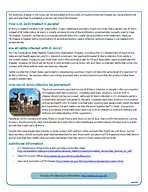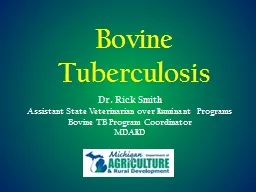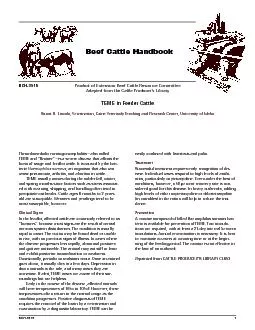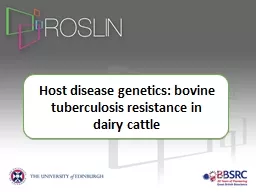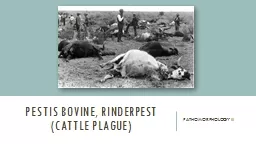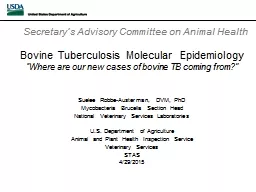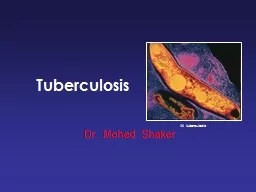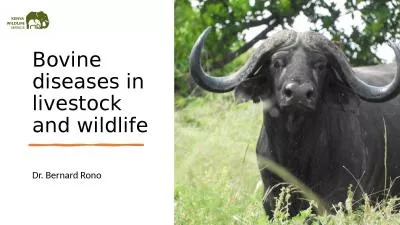PDF-page of Bovine Tuberculosis Last Updated October Minor Update July Importance Bovine
Author : lois-ondreau | Published Date : 2015-02-26
This disease is a significant zoonosis that can spre ad to humans typically by the inhalation of aerosols or the ingestion of unpasteurized milk In developed countries
Presentation Embed Code
Download Presentation
Download Presentation The PPT/PDF document "page of Bovine Tuberculosis Last Updated..." is the property of its rightful owner. Permission is granted to download and print the materials on this website for personal, non-commercial use only, and to display it on your personal computer provided you do not modify the materials and that you retain all copyright notices contained in the materials. By downloading content from our website, you accept the terms of this agreement.
page of Bovine Tuberculosis Last Updated October Minor Update July Importance Bovine: Transcript
Download Rules Of Document
"page of Bovine Tuberculosis Last Updated October Minor Update July Importance Bovine"The content belongs to its owner. You may download and print it for personal use, without modification, and keep all copyright notices. By downloading, you agree to these terms.
Related Documents

